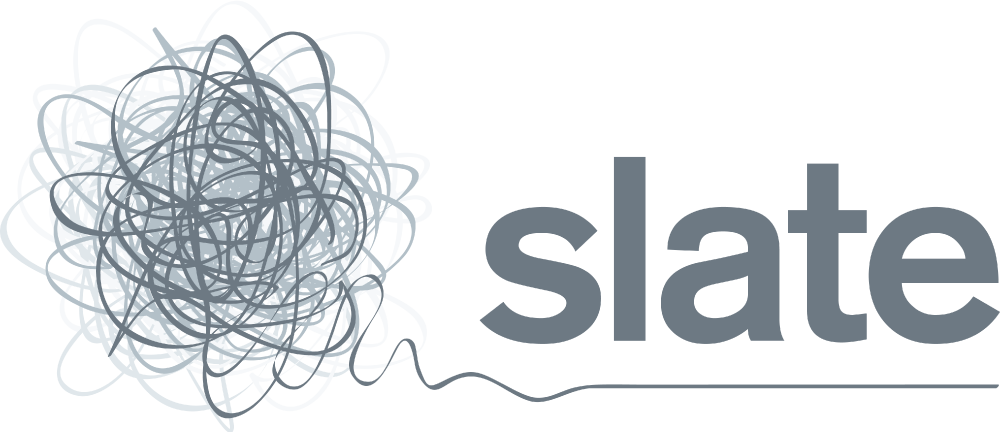Whenever you click on a campaign, a specific link in an email or via social media or enter the URL you saw on a poster or heard about from a friend, you are taken to a landing page.
Not to be confused with simply the homepage of a website, a landing page is uniquely designed to drive a specific action. Instead of the many roles played by a homepage and the many calls to action that may be advertised, a landing page is a direct and very targeted extension of the campaign that you clicked on or link that interested you. It might encourage you to buy, it could be a call to join a mailing list or subscribe. Whatever it is, landing pages are built with an often short-term goal in mind, which contributes towards the overall marketing strategy of a business.
In terms of conversion, landing pages are invaluable. They respond directly to the needs of the user and make decision-making easier by presenting just one or two key actions. In this article, we’re considering the role of a landing page, its benefits for businesses, and how to integrate them into your marketing plan.
But first, let’s share some examples of landing pages and how they work.
Landing page examples and how they work
As an example, the launch of an eBook on social media might be supported by a landing page that asks for an email address in return for a sneak peek at the first chapter.
A beauty brand might use a landing page to offer a discount to all those who enter their website by clicking a specific link.
A B2B brand might use urgency to drive action or to encourage users to request a call back or schedule a meeting, by framing the landing page as a calendar.
Typically, there are two different types of landing page available for businesses to choose from, the first being designed around lead generation while the second is designed to slot into the customer journey and encourage the right action. To understand which is better for your business, you need to answer one main question:
Am I hoping to collect customer information for further marketing and to broaden my active user circle, or do I want them to take action now?
While lead generation could be considered the long game in the world of marketing, encouraging action and building your landing page into the customer conversion journey can be more immediate but will likely see a much higher drop out rate.
With that said, what are the benefits of both?
The benefits of landing pages
They’re intentional
What better way to demonstrate to users and potential customers that you have their best interests in mind, than with a landing page that specifically answers their questions or offers them access to what they’re looking for?
Landing pages should be designed to offer quickfire information relating to specific outcomes and/or products – and for businesses can be an opportunity to showcase a highlights reel of information to drive conversion.
Increased traffic and brand awareness
When you launch a campaign with a dedicated landing page, the likelihood is that you’ll see an uptake in clicks through to that page. What happens beyond there is down to the quality of the offer, but even earning this new traffic can help to boost brand awareness of you and your products/services.
More controlled focus – any why stop at one?
To compare a landing page with a homepage, the intention and outcome of a landing page is clear whereas a homepage could send the user in any and all directions. Think of your homepage as the reception desk of your office, while the landing page is like someone calling a direct line – they are there for a specific reason, and the action you’re encouraging is incredibly targeted.
The benefit of landing pages is that you can have as many as you want, with businesses creating and sharing different landing pages for different campaigns, as well as testing multiple versions of the same landing page to see which wording and which layout drives the best conversion.
It’s easy to manage and measure
It’s very easy to measure the success rate of a CTA when there is just one action you’re hoping to track. Whether it’s getting users to sign up for an email list, book a call, or buy something, when you’re only looking for one action it becomes very easy to measure the success rate.
Design flexibility
This benefit is for all our designer friends out there – typically a landing page sits outside of the main website and so when it comes to design, the brief is often more flexible and creative. Outside the confines of your branding guidelines and the layout of the website, which for many reasons should always remain as consistent as possible, landing pages can be as unique or controlled as you like. Under this brief, brands can explore everything from seasonal designs to new trends, with the recent trend of affiliates and partnerships between brands and businesses creating a rise in landing pages that are made to capture the data from not one brand but two working together.
How to make landing pages work for you
In many ways, landing pages are easy to design and build. They focus on one product or service, can be as creative as you like, and they are designed to drive a very specific type of customers towards a very targeted action or outcome.
Having said that, there’s a knack to building an effective landing page – finding the balance between targeted content and not giving enough information and ensuring that the page stands out while still complimenting your overall brand presence.
Here at Slate, we offer website consultation and design services from full redesigns to the creation of new landing pages and more. Reach out to us before 2023 and let us help you bring your next campaign to life, ready for the new year.
Posted: December 2022
Author: Slate


